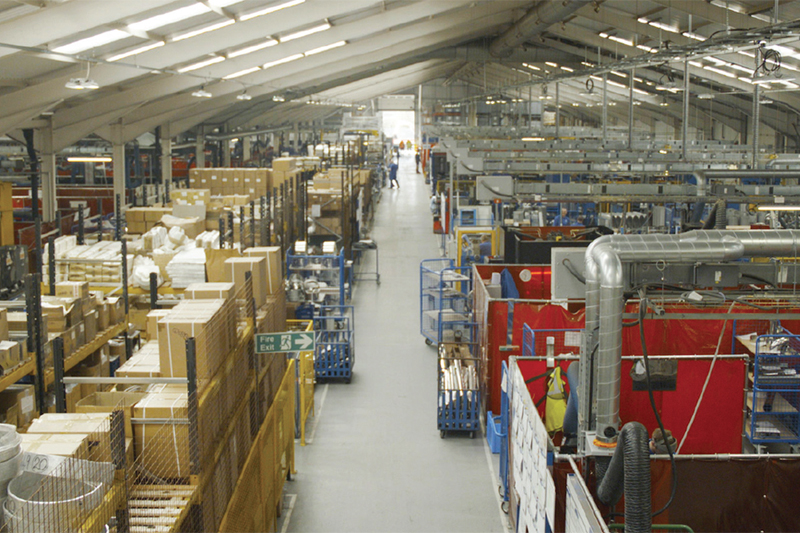
Eminox Retrofit and Aftermarket Sales Director, Carlos Vicente, looks at the role operators are playing in the journey to achieving net zero for commercial vehicles (CVs):
The Net Zero Strategy: Build Back Better document sets out policies and proposals for decarbonising all sectors of the UK economy to meet our net zero target by 2050. Within, it is stated the government will “pledge to end the sale of all new, non-zero emission road vehicles by 2040, from motorcycles to buses and HGVs, subject to consultation”.
Directly integrated into the Transport Decarbonisation Plan, the targets are ambitious; however, what it does highlight is that there is no excuse for resting on our laurels with a view only on the end target.
Whilst much work is being done by vehicle manufacturers to ensure new vehicles support this pledge, and no doubt further legislation will be drafted to force this wherever possible, there is still much to be done in the meantime to ensure our current vehicles are as low emission as possible, not to mention compliant.
Only 0.2% of HGVs were alternatively fuelled in the UK in 2020 – according to SMMT report Fuelling the Fleet – highlighting the considerable gap between where we are now and where we want to be.
Perhaps it may seem unlikely that all CVs will be powered by alternatives to diesel in the timescales that have been set; however, it doesn’t mean the current commercial UK vehicle portfolio can’t achieve the lowest possible emissions during the intended transition period.
The road to net zero
There are many facets on the road to net-zero, and there are many businesses working hard to deliver emissions solutions along the way. It is not only about dissecting the current legislation; it is about understanding what is coming next, being prepared and appreciating how the transition from diesel to alternative fuels can be best managed to not only meet government targets, but also manage business expectations, practicalities and costs.
Great strides have been made in the move to net-zero for cars and vans both in terms of technology development and the infrastructure to support this.
For CVs, the move will be somewhat more complicated, and this is why it is so important for fleet operators and managers to act responsibly and drive forward changes to their vehicles to achieve the highest emissions standards.

This will only benefit fleet operators, as we expect more ULEZ (Ultra Low Emission Zones) to be created very soon which will, of course, impact on CVs operating in those areas. Being ahead of the game will, ultimately, give fleets the greatest control as to where their vehicles operate and the freedom it affords when managing them.
Emissions solutions and the future
Establishing this freedom and the business opportunities this brings can be achieved by forming a partnership with a company that not only has detailed understanding of vehicle emissions legislations and compliance, but also designs and develops the technology to deliver the solutions and future-proof vehicles.
Upgrade to meet latest emissions standards
By choosing a trusted partner with tried and tested emissions reduction solutions, such as those offered by Eminox, customers can rest assured that compliance is standard. A quality solution must meet exacting standards, approvals and certifications, such as the Clean Vehicle Retrofit Accreditation Scheme (CVRAS), which involves a comprehensive independent testing programme on emission reduction systems which is specific to vehicle/engine combinations.
Replacement Euro 6 DPFs
An example of a fully compliant, cost-effective solution is the replacement of Euro 6 diesel particulate filters (DPFs). Eminox’s range currently covers over 80% of on-road Euro 6 vehicles, including DAF, Scania, MAN, Volvo, and Mercedes. By choosing type approved, proven technologies, compliance and cost can be managed whilst the transition from diesel powered fleets to electric and other alternative fuel sources takes place.








